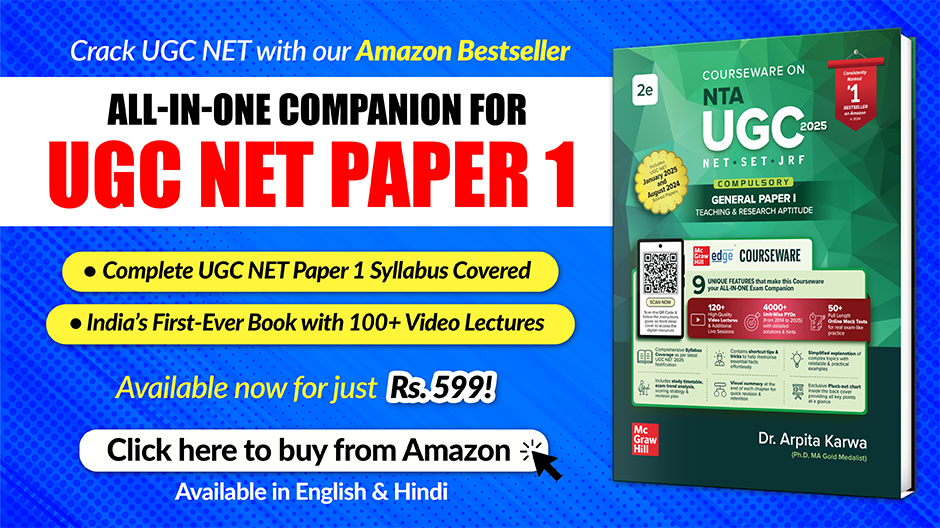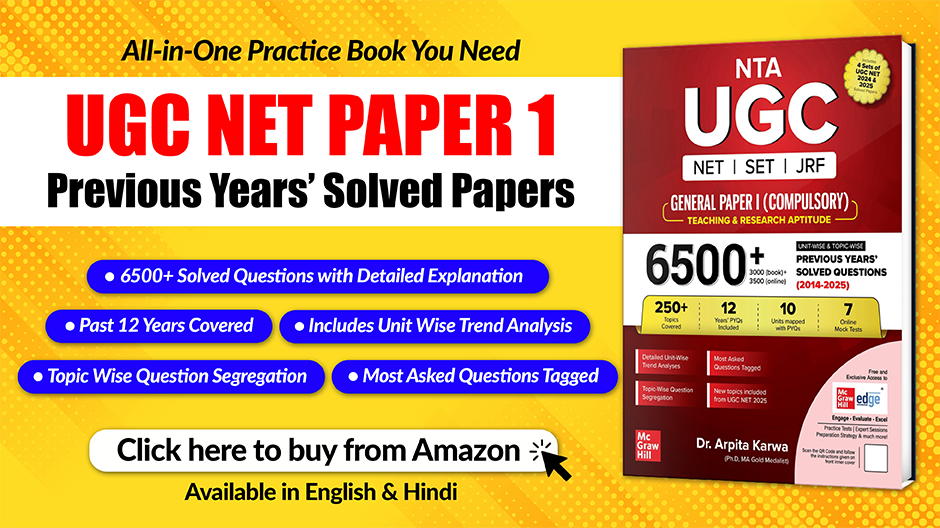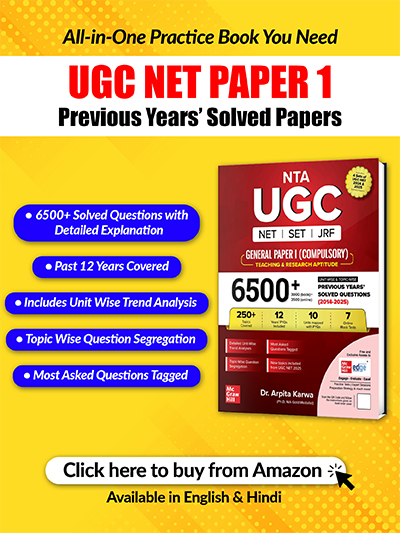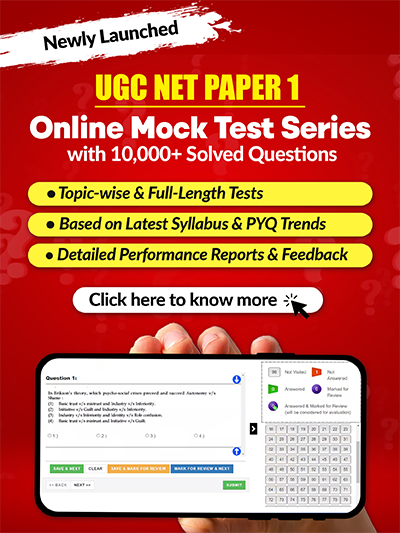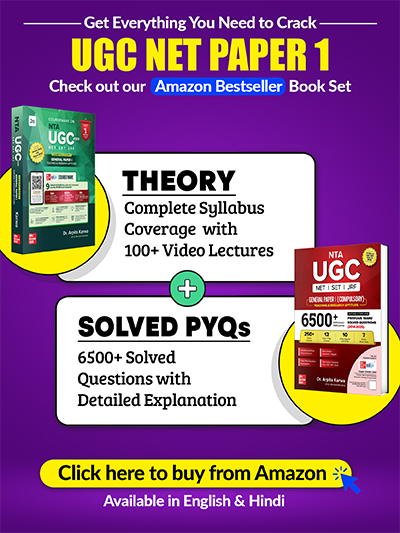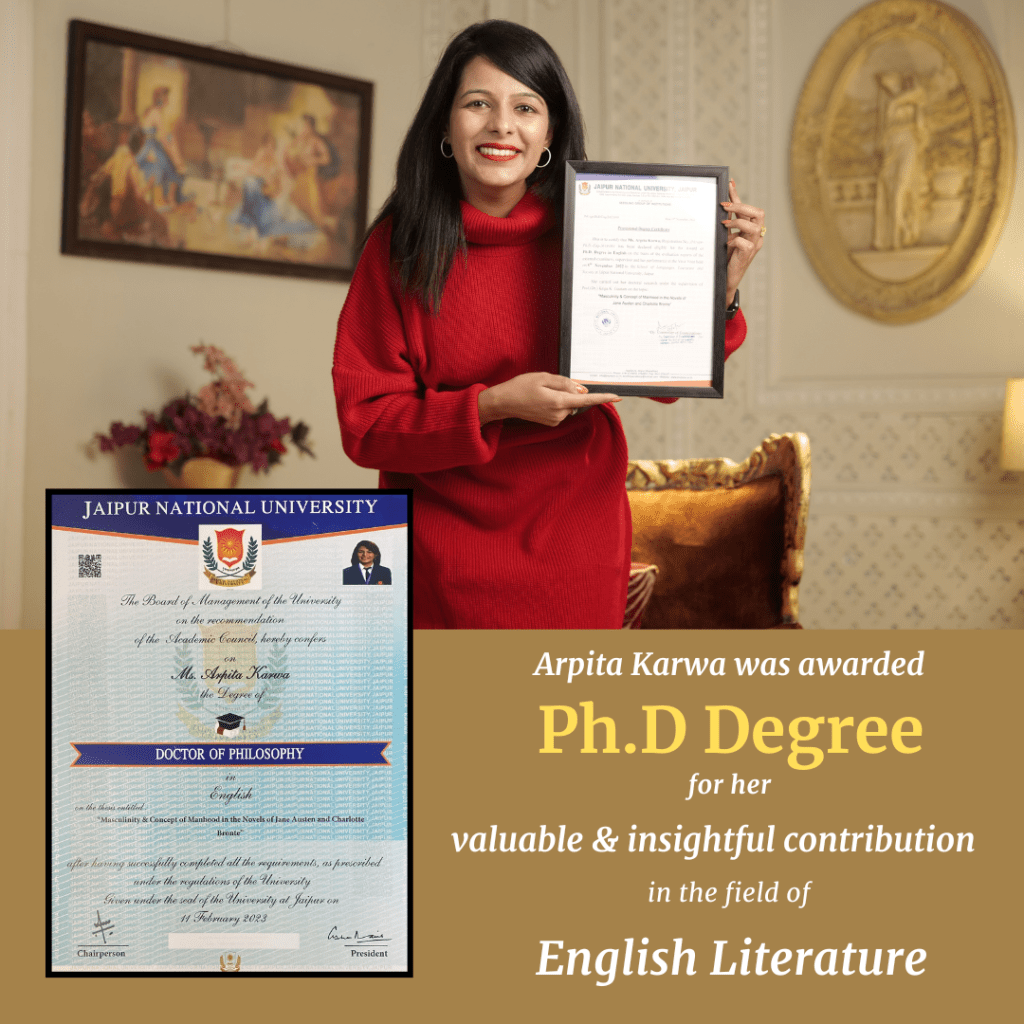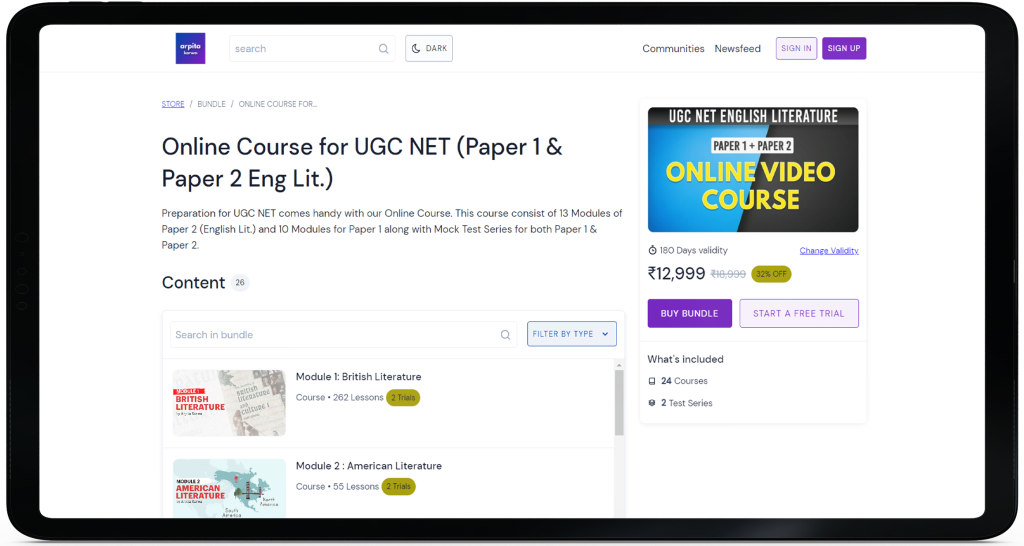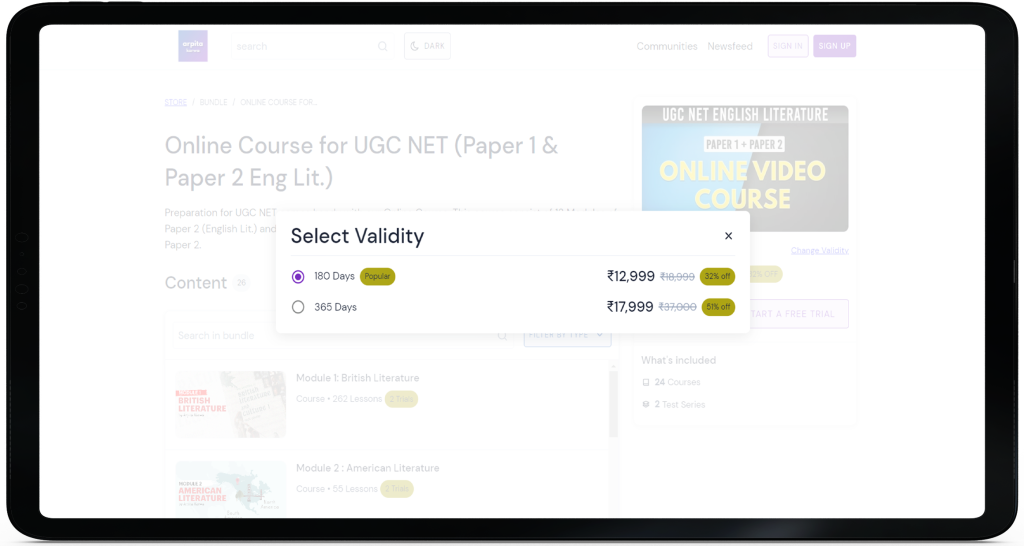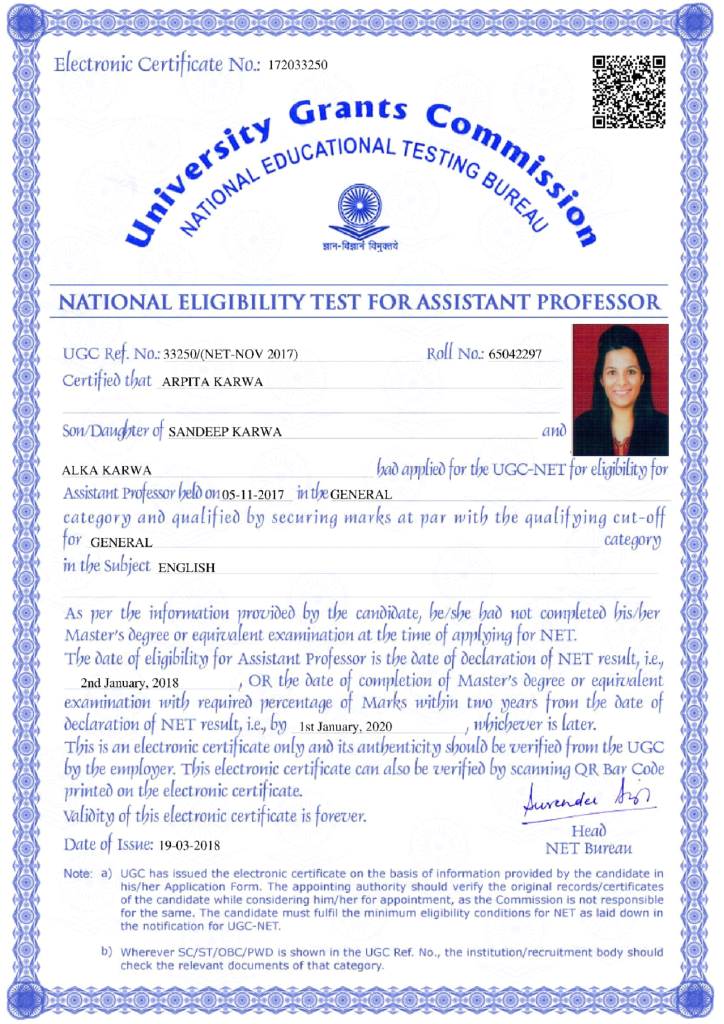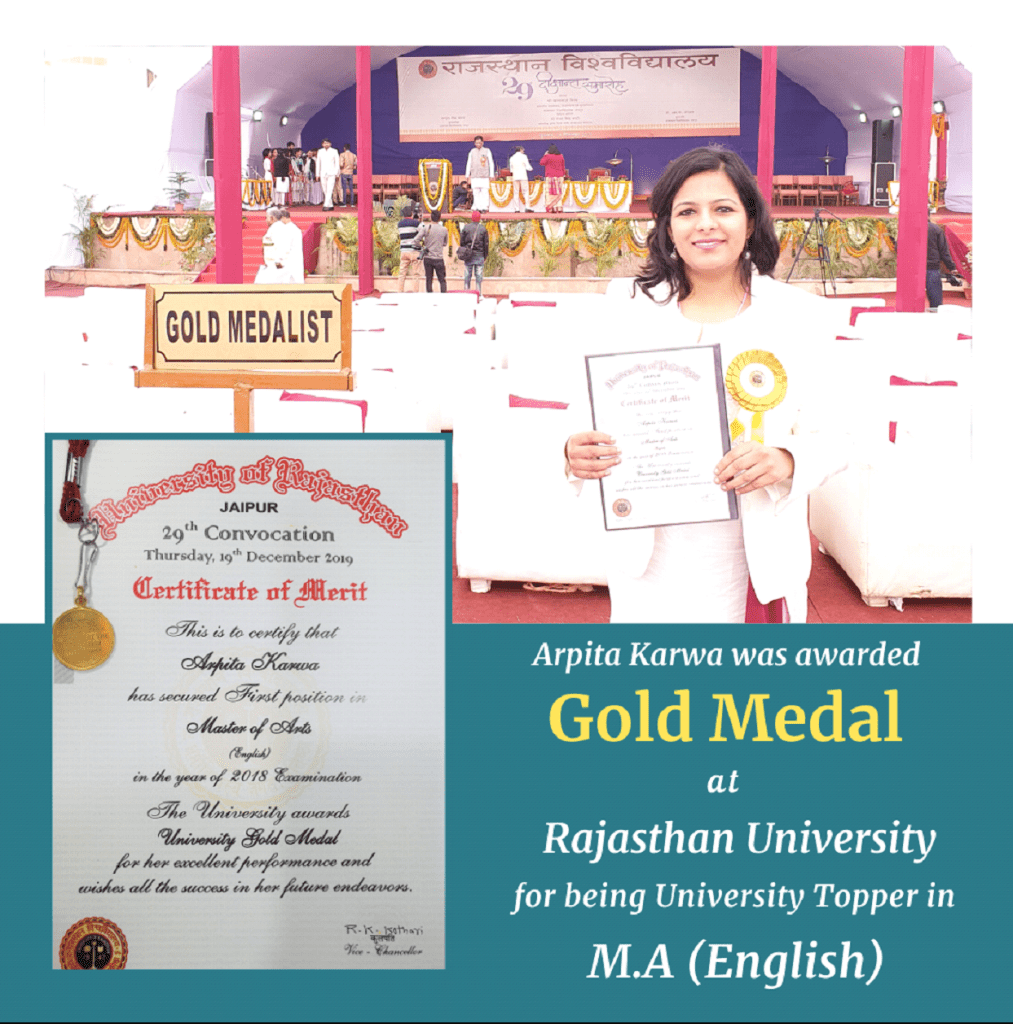UGC NET Paper 1 September 2020 (Conducted on 29th Sep 2020 : Morning Shift)
October 18, 2022 2025-08-18 13:41UGC NET Paper 1 September 2020 (Conducted on 29th Sep 2020 : Morning Shift)
September 2020: Paper 1 (Conducted on 29th Sep 2020 : Morning Shift)
Q.1) A teacher uses a question-answer session to ensure desired learning outcomes in his/her classroom. In this process, he/she offers the following type of comment to a few answers given by a student:
“Yes, you are right, good”
This will be considered as an example of-
[1] Positive feedback
[2] Negative feedback
[3] Confirmatory feedback
[4] Corrective feedback
Correct Answer: 1
Q.2) Statement I: Maximum performance tests are designed to assess the upper limits of the examinees’ knowledge and ability
Statement II: Typical response tests are designed to measure specific behaviours and characteristics of examinees
[1] Both Statement I and Statement Il are true
[2] Both Statement I and Statement Il are false
[3] Statement I is correct but Statement Il is false
[4] Statement I is incorrect but Statement Il is true
Correct Answer: 1
Q.3) Match the column:
A. Instructing
B. Communicating
C. Managing
D. Monitoring
I. Optimizing ‘on task’ and minimizing ‘off task’ activities
II. watching groups, behaviours and pace etc. and reacting quickly
III. Using methods and activities by the teacher to promote learning
IV. transmitting thoughts and ideas verbally and non-verbally
[1] A-I B-II C-III D-IV
[2] A-IV B-III C-II D-I
[3] A-III B-IV C-I D-II
[4] A-II B-I C-IV D-III
Correct Answer: 3
Q.4) In which research method manipulation of ‘independent variable and control of ‘extraneous variables’ are neither possible nor desirable?
[1] Experimental method
[2] Ex post facto method
[3] Historical method
[4] Descriptive survey method
Correct Answer: 2
Q.5) Identify those statements which describe the characteristic features of qualitative research paradigm
A. Researchers tend to analyze their data inductively
B. The substantive research hypothesis is tested via Null hypothesis
C. Data takes the form of words or pictures
D. Actual settings are the direct source of data
E. It assumes that there are social facts with a single objective reality
[1] ABC
[2] ABE
[3] BCE
[4] ACD
Correct Answer: 4
Q.6) In quantitative research paradigm which of the following sampling methods are given preference?
A Simple random sampling
B. Stratified sampling
C. Quota sampling
D. Snowball sampling
E. Systematic sampling
[1] ABC
[2] ABE
[3] BCD
[4] CDE
Correct Answer: 2
Q.7) Match the column:
A. Hypothesis
B. Sample
C. Research tool
D. Non-parametric tests
I. It is statistical test that does not make assumptions about the parameters
II. Device using which data are collected in research
III. A subset drawn from a larger set to represent it
IV. A tentative statement indicating relationship between two or more than two variables
[1] A-IV B-III C-II D-I
[2] A-I B-II C-III D-IV
[3] A-II B-I C-IV D-III
[4] A-III B-IV C-I D-II
Correct Answer: 1
Q.8) Assertion A: A cross break is a numerical tabular presentation of data usually in frequency or percentage form in which variables are cross-partitioned to study relations between them
Reason R: The categories are set up according to the research hypothesis
[1] Both A and R are correct and R is the correct explanation of A
[2] Both A and R are correct but R is NOT the correct explanation of A
[3] A is correct but R is not correct
[4] A is not correct but R is correct
Correct Answer: 1
Q.9-13)
Read RC Passage to Answer:
Much is still unknown about human behaviour. Unanswered questions remain and further research is necessary. Knowledge about motivation, leader behavior, and change will continue to be of great concern to practitioners of management for several reasons: It can help improve the effective leadership of human resources; it can help in preventing resistance to change, restriction to output, and personnel disputes; and often it can lead to 2 more productive organization. Our intention has been to provide a conceptual framework that may be useful to you in applying the conclusions of the behaviour sciences. The value that a framework of this kind has is not in changing one’s knowledge, but in changing one’s behavior in working with people.
We have discussed three basic competencies in influencing: diagnosing – being able to understand and interpret the situation you are attempting to influence; adapting – being able to adapt your behaviour and the resources you control to the contingencies of the situation; and communicating – being able to put the message in such a way that people can easily understand and accept it. Each of these competencies is different and requires a different developmental approach. For example, diagnosing is cognitive or of the mind in nature and requires thinking skills; adapting is behavioral in nature and requires behavioural practice; and communicating is process-oriented and requires learning and interrelating the key steps in the process. Because these three competencies require different knowledge and skills, how do we continue the process that we started with?
The key to starting the process of changing behaviour is sharing what you have learned with other people in your own organization. Two things occur when people who work together all have a common language. First, they are able to give each other feedback and help in a very rational, unemotional way that affects behavior. Second, when followers start to realize that if their manager is using situational leadership, it is not the manager, but their behavior, that determines the leadership style to be used with them.
Q.9) Which of the following prohibits resistance to change?
[1] Knowledge of leader behaviour
[2] Removing restriction on output
[3] Personnel disputes
[4] Non-productive organisation
Correct Answer: 1
Q.10) What is the value outcome of applying a theoretical framework of behavioral science?
[1] Changes in one’s own knowledge
[2] Change in one’s behavior while working with others
[3] Not understandable human behaviour
[4] Emergence of value-loaded framework
Correct Answer: 2
Q.11) Each of the basic competencies needs
[1] Exclusivity
[2] Situational contingency
[3] Inter-relation with others
[4] A different approach to acquiring it
Correct Answer: 4
Q.12) What prompts a change in a person’s behaviour?
[1] Leadership style
[2] Situational support to the managers
[3] Sharing of learning outcomes with others in the organization
[4] Segregation of competencies
Correct Answer: 3
Q.13) The inferences that can be drawn from the passage are
A Common language among people in an organization will ensure unbiased feedback
B. People are known for fluctuating behaviour
C. People’s behaviour influences the leader
D. Emotions and human behaviour are separate and easily explicable
[1] AB
[2] BC
[3] CD
[4] AC
Correct Answer: 4
Q.14) When communication meets the aims and objectives of classroom teaching, it becomes
[1] Extra-ordinary
[2] personal
[3] Functional
[4] Obligatory
Correct Answer: 3
Q.15) Which of the following can be considered as psychological barriers to effective communication?
A. Descriptive message
B. Inattentiveness
C. Too much reliance on the written word
D. Limited retention
E. Logical organization
F. Flow of thought
[1] ABC
[2] BCD
[3] CDE
[4] DEF
Correct Answer: 2
Q.16) Assertion A: Human touch in communication enables students to become participatory
Reason R: In a technology-driven classroom environment, the communicative role of a teacher is secondary
[1] Both A and R are true and R is the correct explanation of A
[2] Both A and R are true but R is NOT the correct explanation of A
[3] A is true but R is false
[4] A is false but R is true
Correct Answer: 3
Q.17) Match the column:
A. Vertical
B. Horizontal
C. Circular
D. Transactional
I. Feedback oriented
II. Inter-personal
III. Top-down
IV. Rumour-oriented
[1] A-I B-II C-III D-IV
[2] A-II B-III C-IV D-I
[3] A-III B-IV C-I D-II
[4] A-IV B-I C-II D-III
Correct Answer: 3
Q.18) Statement I: Persuasive communication by a teacher in the classroom is intended to make his/her version of information acceptable to students
Statement II: If it happens at the institutional level, the purpose behind it’s image-building
[1] Both Statement I and Statement Il are true
[2] Both Statement I and Statement Il are false
[3] Statement I is true but Statement Il is false
[4] Statement I is false but Statement Il is true
Correct Answer: 1
Q.19) Aman is 30 years older than his son. Five years ago, his age was 6 times the age of his son. The age of the son is
[1] 10 years
[2] 11 years
[3] 12 years
[4] 15 years
Correct Answer: 2
Explanation:
Q.20) What is the next term in the following series?
4,12,28,52,__
[1] 76
[2] 84
[3] 98
[4] 104
Correct Answer: 2
Q.21) Amotorist travels to a place 150km away at an average speed of 50km/hour and retums ata speed of 30km/hour, His average speed for the whole journey is-
[1] 35 km/hour
[2] 37.5 km/hour
[3] 40 km/hour
[4] 42.5 km/hour
Correct Answer: 2
Q.22) A sum of money earning compound interest annually doubles itself after 4 years. What is the rate of interest?
[1] 14%
[2] 19%
[3] 18%
[4] 15%
Correct Answer: 2
Q.23) In the following letter series, the next term is
bdf, egi, hjl, __
[1] kmo
[2] jmp
[3] ilo
[4] kno
Correct Answer: 1
Q.24) Statement I: All knowledge is a recollection. It is true on a certain account
Statement II: All men by nature, desire understanding
[1] Both Statement I and Statement Il are true
[2] Both Statement I and Statement Il are false
[3] Statement I is true but Statement Il is false
[4] Statement I is false but Statement Il is true
Correct Answer: 1
Q.25) Statement I: When I look deep into myself, I always stumble with one perception or another. I can never catch myself
Statement Il: Self is the logical presupposition of all knowledge. Therefore, the concepts like substance and person can not be applied to it
[1] Both Statement I and Statement Il are true
[2] Both Statement I and Statement Il are false
[3] Statement I is true but Statement Il is false
[4] Statement I is false but Statement Il is true
Correct Answer: 1
Q.26) Statement I: Different communities exist independent of one another but jointly somehow they give an idea of communitarian life of a society
Statement II: Earth exists either through a blind chance or through an inner necessity or through an external cause
[1] Both Statement I and Statement Il are true
[2] Both Statement I and Statement Il are false
[3] Statement I is true but Statement Il is false
[4] Statement I is false but Statement Il is true
Correct Answer: 1
Q.27) Match the column:
A. Nirvana
B. Nihshreyasa
C. Apavarga
D. Moksha
I. Sankhya
II. Jainism
III. Upanishads
IV. Buddhism
[1] A-IV B-III C-II D-I
[2] A-I B-II C-IV D-III
[3] A-II B-I C-III D-IV
[4] A-III B-IV C-II D-I
Correct Answer: 1
Q.28) Deduction proceeds from
[1] Particular to universal
[2] Universal to particular
[3] Particular to particular
[4] Universal to universal
Correct Answer: 2
Q.29-33)
Q.29) What s the percentage of number of patients reporting for blood sugar compared to the total patients in al three hospitals?
[1] ~25.90%
[2] ~38.20%
[3] ~30.02%
[4] ~35.12%
Correct Answer: 2
Q.30) What is the average number of patients for the least reported disease?
[1] ~ 415.2
[2] ~ 325.4
[3] ~ 301.7
[4] ~ 306.6
Correct Answer: 4
Explanation:
Q.31) What is the percentage increase in the number of patients reporting heart attacks from hospital A to hospital C?
[1] 12.5%
[2] 13.2%
[3] 11.9%
[4] 9.2%
Correct Answer: 1
Q.32) For patients reporting for kidney problems, what is the ratio of the number of patients reporting at hospital A and those reporting at hospital C?
[1] 2:3
[2] 3:4
[3] 1:3
[4] 1:5
Correct Answer: 3
Q.33) What is the percentage increase in the total number of patients from hospital A to hospital C?
[1] ~120%
[2] ~168%
[3] ~141%
[4] ~145%
Correct Answer: 2
Q.34) What is the full form of the abbreviation GIF?
[1] Graphics Interchange Format
[2] Graphics Interchange File
[3] Global Interchange Format
[4] Graphics Input Format
Correct Answer: 1
Q.35) Which of the following correctly lists computer memory types from lowest to highest speed?
[1] Main Memory, Cache Memory, Secondary Storage
[2] Cache Memory, Secondary Storage, Main Memory
[3] Secondary Storage, Main Memory, Cache Memory
[4] Secondary Stage, Cache Memory, Main Memory
Correct Answer: 3
Q.36) Speed of Internet is measured in
[1] GHz
[2] Gbps
[3] GB
[4] dpi
Correct Answer: 2
Q.37) Assertion A: Machine Learning requires good quality and sufficient data to train and test the algorithm
Reason R: For correct classification, good quality data which free from noise, and sufficient data is required for training and testing of the algorithm.
[1] Both A and R are correct and R s the correct explanation of A
[2] Both A and R are correct but R is NOT the correct explanation of A
[3] A is correct but R is not correct
[4] A is not correct but R is correct
Correct Answer: 1
Q.38) Using a websites to pour out one’s grievances is called
[1] Cyber venting
[2] Web hate
[3] Web anger
[4] Cyber abuse
Correct Answer: 1
Q.39) Assertion A: Lakes are considered to be more susceptible to pollution than rivers
Reason R: Water in lakes may take decade(s) to be replaced
[1] Both A and R are correct and R is the correct explanation of A
[2] Both A and R are correct but R is NOT the correct explanation of A
[3] A is correct but R is not correct
[4] A is not correct but R is correct
Correct Answer: 1
Q.40) Thermal reactors produce energy by fission of the following nuclear fuels
A. Uranium-235
B. Uranium-233
C. Uranium-238
D. Thorium-232
E. Plutonium-239
[1] ABCE
[2] ABCDE
[3] ABDE
[4] ABE
Correct Answer: 4
Q.41) Noise pollution is measured in decibels (dB) with reference to a standard sound intensity of the following magnitude
[1] 1 pico watt per m^2
[2] 1 milliwatt per m^2
[3] 1 nanowatt per m^2
[4] 1 microwatt per m^2
Correct Answer: 1
Q.42) In a polluted urban area, which one of the following has the highest concentration (ppv) in photochemical smog?
[1] Ozone
[2] PAN
[3] Hydrocarbons (without methane)
[4] Carbon monoxide
Correct Answer: 4
Q.43) Match the column:
A. Montreal Protocol
B. Paris Agreement
C. Climate Action Plan
D. Kyoto Protocol
I. Integrated water resource management
II. Emission trading
III. Phasing out ozone-depletion substance
IV. Intended Nationally Determmined Contribution
[1] A-III B-II C-I D-IV
[2] A-II B-III C-I D-IV
[3] A-II B-IV C-III D-I
[4] A-III B-IV C-I D-II
Correct Answer: 4
Q.44) The Chinese scholars, I-Qing and Xuan Zang visited ancient Nalanda University during
[1] 5th century CE
[2] 7th century CE
[3] 10th century CE
[4] 12th century CE
Correct Answer: 2
Q.45) In which year, the Union Government decided that all cases pertaining to the allocation of grants-in-aid from public funds to the Central Universities and other universities and institutions of higher learning might be referred to the University Grants Commission?
[1] 1952
[2] 1953
[3] 1954
[4] 1956
Correct Answer: 1
Q.46) Statement I: Universities are established by Central/State Act under 2(f) of the UGC Act, 1956
Statement II: Deemed to be University is declared by a Notification of the Central Government, on the advice of the UGC, under section 3 of the UGC Act, 1956
[1] Both Statement I and Statement Il are true
[2] Both Statement I and Statement Il are false
[3] Statement I is correct but Statement Il is false
[4] Statement I is incorrect but Statement Il is true
Correct Answer: 1
Q.47) According to the International Commission on Education for the Twenty-first Century headed by Jacques Delors, which of the following main tensions will be witnessed during the 21st century?
A The tension between the global and the local
B. The tension between tradition and modernity
C. The tension between the spiritual and the material
D. The tension between the poor and the rich
E. The tension between the developed and the developing societies
[1] ABC
[2] BCD
[3] CDE
[4] ADE
Correct Answer: 1
Q.48) Match the column:
A. Environmental Awareness
B. Environmental knowledge
C. Environmental attitude
D. Environmental skill
I. to help social groups and individuals identify and solve environmental problems
II. to help social groups and individuals acquire a set of values for the environment
III. to help social groups and individuals acquire a sensitivity to the total environment
IV. to help social groups and individuals gain a variety of experience in environment and its associated problems
[1] A-II B-I C-III D-IV
[2] A-I B-III C-IV D-II
[3] A-IV B-II C-I D-III
[4] A-III B-IV C-II D-I
Correct Answer: 4
